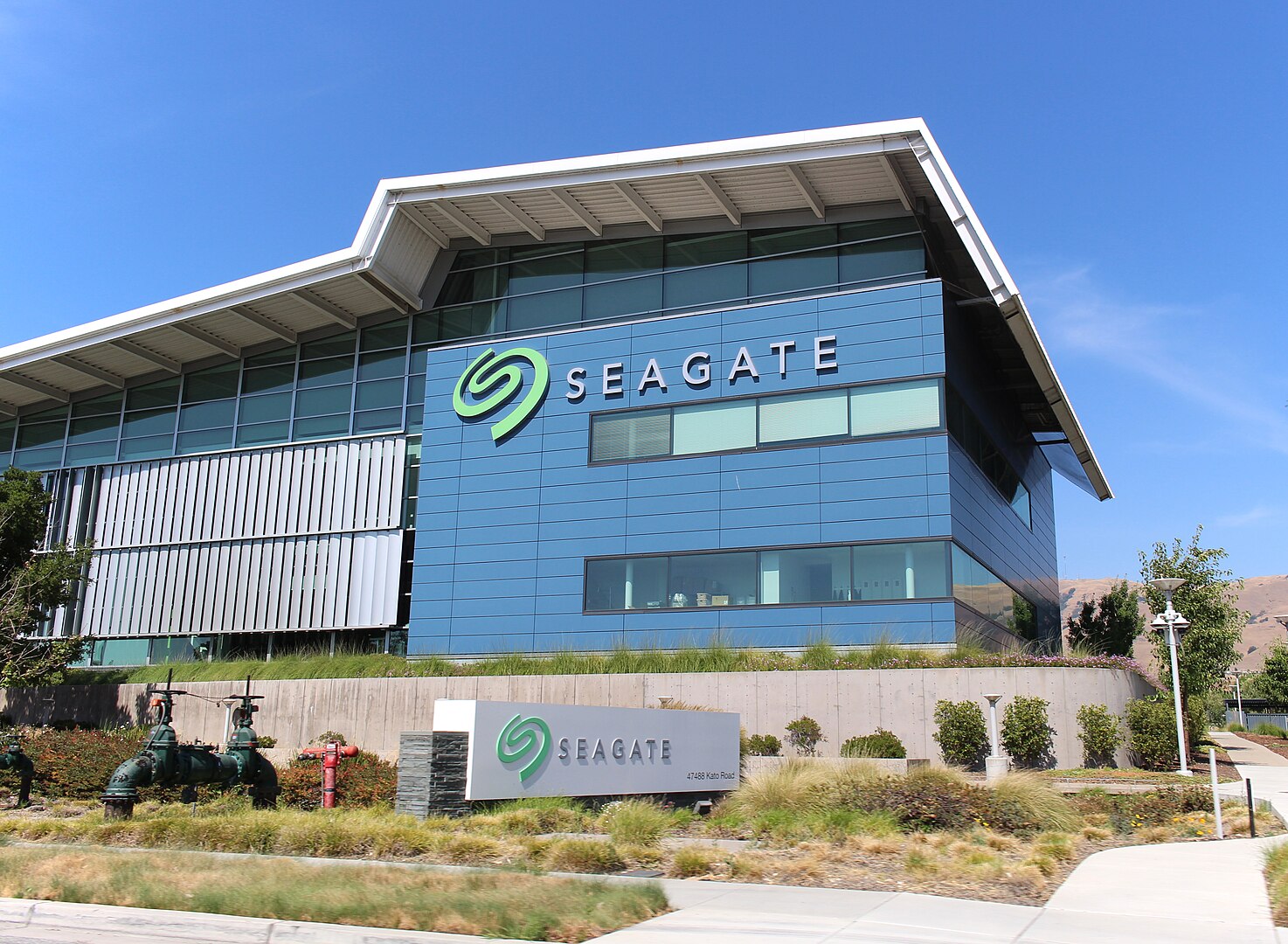The company warns at Computex 2025 that the demand for storage will triple global data volumes in just five years, exceeding current manufacturing capacities.
The massive expansion of artificial intelligence is generating a new emergency in the tech sector: a carbon crisis driven by the explosion in data storage demand. This was highlighted by Seagate Technology at the Computex 2025 trade show, where they presented their upcoming energy-efficient storage solutions.
According to the company’s forecasts, the global data volume is expected to triple between 2023 and 2028, surpassing zettabyte levels— a magnitude representing one trillion gigabytes. This trend far exceeds the current annual production capacities of the hard disk industry, estimated at only between 1 and 2 zettabytes.
“The value of data has never been higher, driven by AI’s ability to extract value from it. However, this growth is also amplifying our data centers’ carbon footprint and has become a real issue for the sector,” stated Colin Presly, Seagate’s vice president of customer engineering, during his presentation at the show.
Energy Efficiency at the Center of the Debate
A survey conducted by Seagate among over 1,000 IT professionals reveals that 72% are already using or planning to use AI in their operations, and 90% of current users believe that maintaining historical data improves AI outcomes. This reluctance to erase information is fueling an unprecedented demand for storage.
Meanwhile, a report from Goldman Sachs Research anticipates that electricity demand from data centers could increase by up to 165% by 2030, adding urgency to the need for improved energy efficiency across the storage ecosystem.
NVMe Prototypes and Magnetic Recording Advances
At Computex, Seagate showcased prototypes of hard drives with NVMe interfaces, traditionally reserved for high-performance SSDs. These models could connect directly to GPUs via DPUs (data processing units), potentially simplifying data center architectures and reducing bottlenecks.
Additionally, the company confirmed that its HAMR (heat-assisted magnetic recording) technology, now under the Mozaic 3+ brand, has entered large-scale production after more than two decades of development and over $1 billion in investment. This technology allows heating the magnetic medium to 800°F in nanoseconds to achieve greater data density within the same physical space.
200 Million Drives Destroyed Annually
One of the most alarming statistics shared by Seagate was the annual destruction of approximately 200 million hard drives through industrial shredding, due to data security concerns when decommissioning them.
To address this issue, the company is working with organizations like NIST and ISO to promote encryption techniques that enable the secure erasure of cryptographic keys and recycling of drives without compromising privacy. Thanks to these initiatives, Seagate has reclaimed over a ton of rare-earth magnets, although it acknowledges that this still represents a minimal fraction of the industry’s waste.
The company is also introducing autonomous regeneration technology, allowing drives to continue functioning even if some components fail, thereby extending their lifespan.
Towards a Hybrid Storage Architecture
Internal studies at Seagate position hard drives as the solution with the lowest carbon footprint when compared to SSDs or magnetic tapes, based on the full life cycle. However, the company insists that optimal data center design requires a strategic combination of several storage technologies.
Major cloud providers are already adopting hybrid architectures, where SSDs are reserved for high-performance applications that require direct access to GPUs, while hard drives are used for mass storage.
The challenge is not just technological but also infrastructural. Many data center operators are facing energy constraints that cannot scale at the pace of AI, all while the pressure to reduce emissions increases.
With AI as a cross-cutting driver of the digital economy, the industry will need to find a balance between performance and sustainability, making storage efficiency a key factor for the sector’s future.
Source: Digitimes

